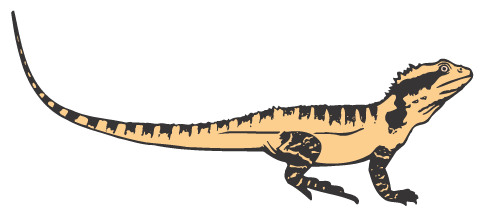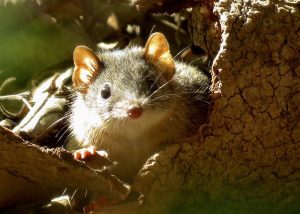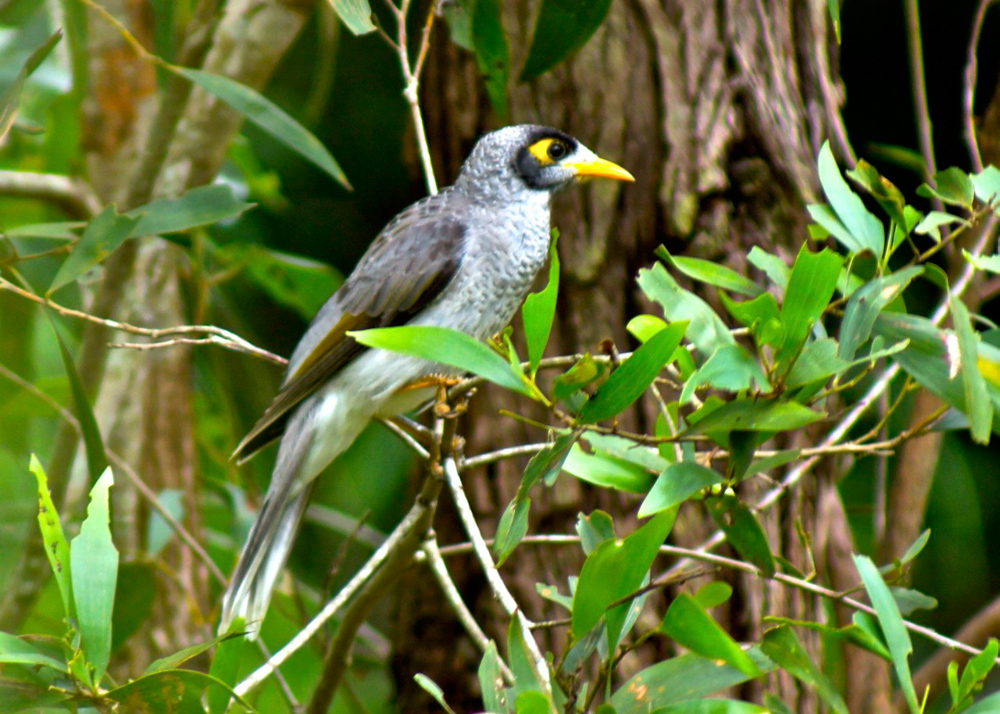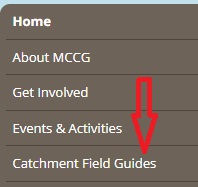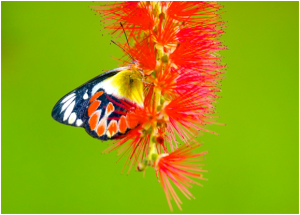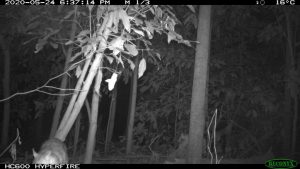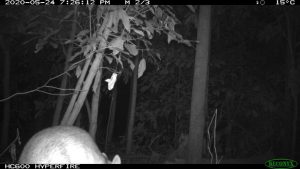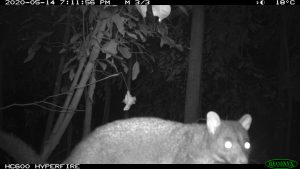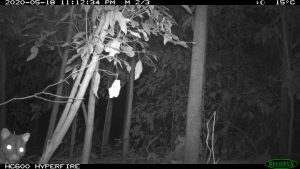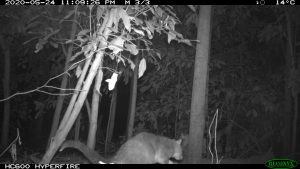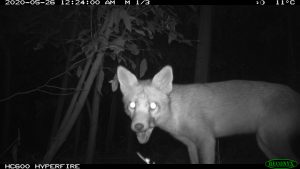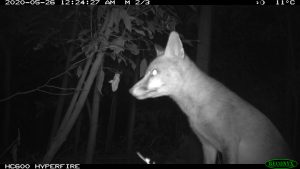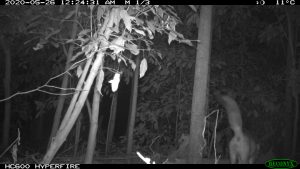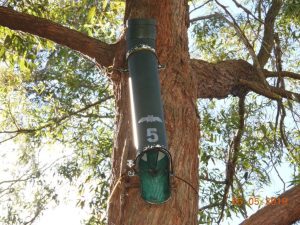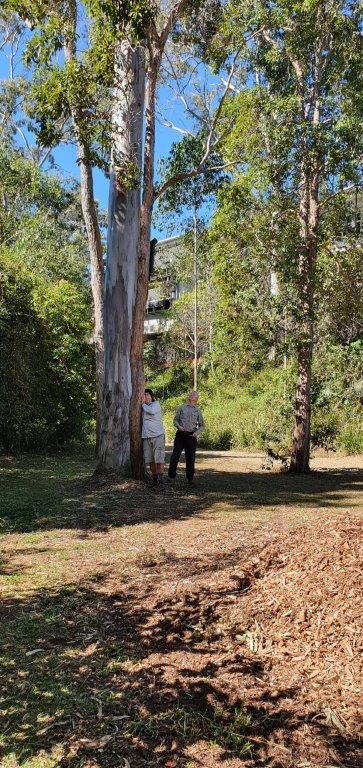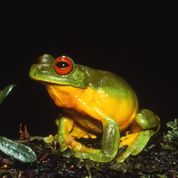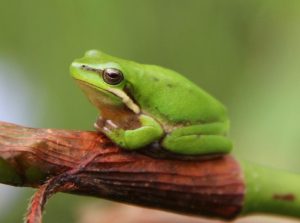Councillor Greg Adermann, the new Councilor for Pullenvale Ward, attended a meeting of the MCCG Management Committee held on Thursday 23rd July at our headquarters, ‘The Cottage’ at Gold Creek Dam. We presented him with a copy of the book that was produced in 2017 for the 20th Anniversary of MCCG and to tell him about some of our current plans. Cr Adermann expressed very strong support for all of our work and we hope to work with him on some future projects to enhance the local environment and engage more of the local community in our activities.
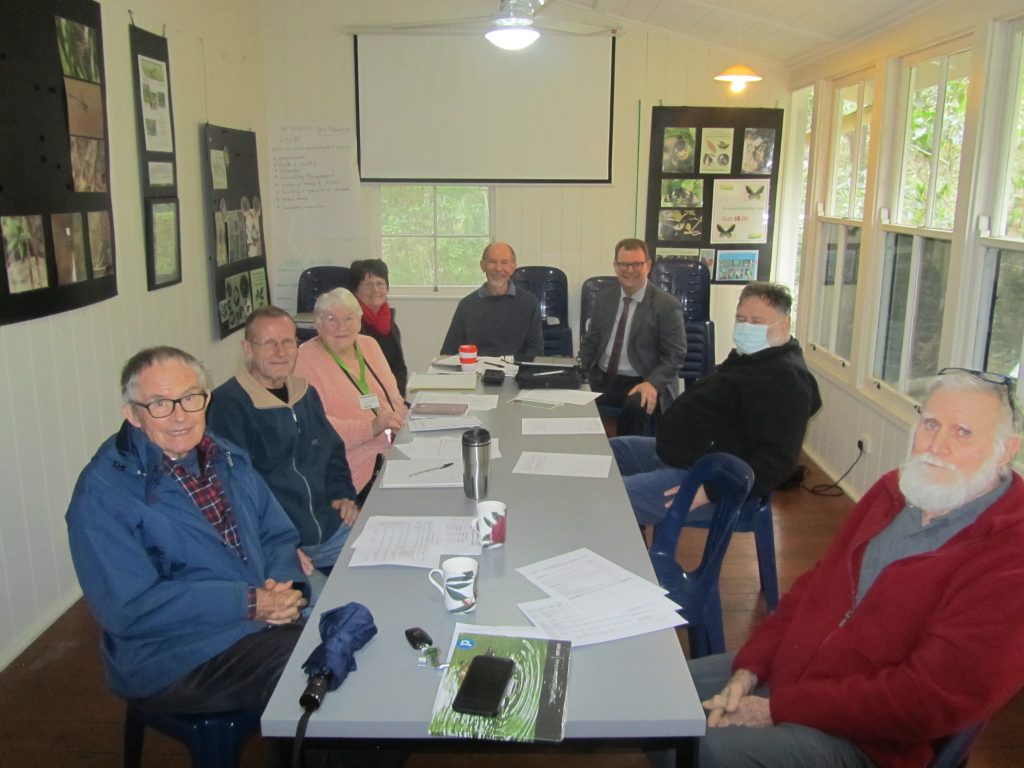
Photo Caption: Cr. Adermann at the MCCG committee meeting. Left to right: Malcolm Frost (Vice-Chairman); Alan Walmsley (Treasurer); Dale Borgelt (Cottage Manager); Kathleen Walmsley (Secretary); Jim Pope (Chairman); Cr Adermann; Mike Humphreys; Gordon Grigg.
